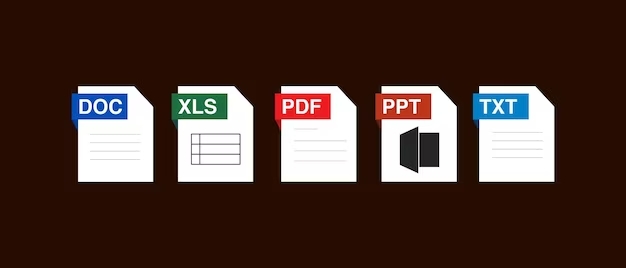In the realm of digital documentation, the Portable Document Format (PDF) and Microsoft Word (DOC/DOCX) are two stalwarts that serve distinct purposes. However, there are instances where users may find themselves needing to convert a PDF file into a Word document for editing or collaboration purposes. WPS Office, a comprehensive office suite, not only facilitates word processing but also provides a seamless solution for converting PDFs to Word format. In this article, we'll delve into the step-by-step process of converting a PDF to Word using WPS Office software.
Step 1: Download and Install WPS Office Software
Before diving into the conversion process, ensure that you have WPS Office software installed on your computer. You can download the latest version from the official website at https://www.wps.com/. The software is available for Windows, macOS, Linux, Android, and iOS platforms, making it accessible across various devices.
Step 2: Launch WPS Office and Open PDF to Be Converted
After installing WPS Office, launch the application on your computer. Once opened, click on the “Writer” application, which is WPS Office's word processing tool. With the Writer interface ready, proceed to open the PDF file that you want to convert to Word. Click on “File” in the upper left corner, select “Open,” and choose the PDF file from your computer.
Step 3: Enter PDF Conversion Mode
Upon opening the PDF file, WPS Office will detect it and enter PDF conversion mode automatically. You'll notice that the interface transforms to accommodate the specific features required for working with PDFs.
Step 4: Review and Edit PDF Content
WPS Office not only allows you to convert PDF to Word but also enables you to review and edit the PDF content before conversion. Navigate through the document, make necessary edits, add annotations, or highlight important sections. This feature is particularly useful for users who wish to refine the content during the conversion process itself.
Step 5: Save PDF as Word Document
Once you have reviewed and edited the PDF to your satisfaction, it's time to save it as a Word document. Click on “File” in the upper left corner, choose “Save As,” and select the desired location on your computer. In the “Save as type” dropdown menu, choose “Microsoft Word (.docx)” as the file format. Provide a name for the Word document and click “Save.”
Step 6: Confirm Conversion and Explore Word Document
WPS Office will prompt you to confirm the conversion from PDF to Word. Confirm the action, and your PDF document will be successfully converted into a Word document. You can now explore the newly created Word document, complete with any edits or annotations you made during the conversion process.
Advanced Features:
Beyond the basic conversion process, WPS Office offers additional features to enhance the user experience and cater to diverse document needs.
- Batch Conversion: For users dealing with multiple PDFs, WPS Office supports batch conversion, allowing you to convert several PDF files to Word documents simultaneously. This time-saving feature is especially useful for those managing large volumes of documents.
- OCR (Optical Character Recognition): WPS Office incorporates OCR technology, enabling the conversion of scanned PDFs or images containing text into editable Word documents. This feature proves invaluable when dealing with documents that originated in non-digital formats.
- Formatting Retention: WPS Office is designed to retain the formatting of the original PDF during the conversion process. This includes font styles, sizes, colors, and layout structures. The result is a Word document that closely mirrors the appearance of the source PDF.
- Password-Protected PDFs: If your PDF document is password-protected, WPS Office allows you to enter the password during the conversion process. This ensures that even secured PDFs can be seamlessly converted to Word format without compromising security.
- Cross-Platform Compatibility: WPS Office ensures consistency across platforms. Whether you are using the software on Windows, macOS, Linux, Android, or iOS, the conversion process remains uniform, providing a seamless user experience across different devices.
Conclusion:
In the dynamic landscape of digital documentation, the ability to convert PDFs to Word documents seamlessly is a valuable asset. WPS Office stands out as a reliable solution, offering a user-friendly interface coupled with advanced features for a diverse range of document management needs. By following the outlined steps and exploring the additional capabilities of WPS Office, users can efficiently convert PDFs to Word, streamlining their workflow and enhancing collaboration possibilities. Visit the official website at https://www.wps.com/ to download WPS Office and experience the convenience of converting PDFs to Word with ease.

